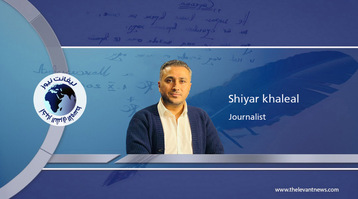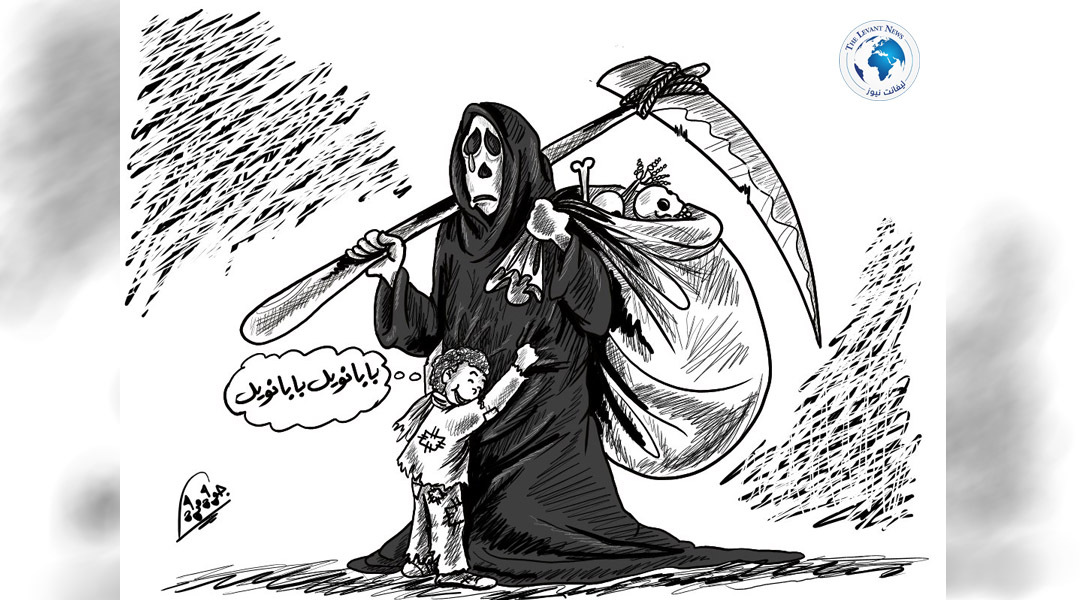-
From Kissinger’s Maps to Golan Gantchets
-
How "Partition Within Borders" Became a Syrian Reality

Since Henry Kissinger proposed, in a lecture at the Gerald Ford School of Public Policy, the idea of dividing Syria based on ethnic and sectarian lines, and since echoes of this call began resonating in Western think tanks and some official circles, the question has remained: Will these proposals stay within academic theory, or will they turn into a tangible political reality on the ground?
In May 2013, Harvard researcher Roger Owen wrote about the need to achieve stability in Syria through re-dividing the region according to the concept of "partition within borders," citing what happened in Iraq. In the same month, Arnold Aert called for establishing a "triumvirate" system where power is distributed among Sunnis, Kurds, and Alawites. Meanwhile, Gabriel Schiffman published a study in July 2013 proposing a redraw of the country's map to match the ambitions of Kurdish, Christian, Druze, and Alawite minorities, based on Wilson’s fourteen principles and the right to self-determination.
These were not just theoretical ideas. They aligned with what Aluf Ben wrote in Haaretz in July 2013, emphasizing the need for new political entities emerging from regional developments that give minorities a presence and open the door for Israel to break its isolation and enhance its communication with the peoples of the region.
These visions have transformed into tangible projects, with Western think tank maps published between 2013 and 2016 proposing dividing Syria into cantons. The most prominent is the "Institute for the Study of War" map from May 2013, which outlined three sections: a northeastern Kurdish area under American supervision, and a central and northwestern area under Turkish supervision controlled by the opposition in Aleppo—while the regime’s control over Damascus, Homs, Hama, Latakia, and Tartus was acknowledged internationally.
Even the fate of Horan Plain, Jabal al-Arab, and Quneitra was not explicitly mentioned in that plan, only implied that indirect supervision by Israel and the U.S. via Jordan was most likely. In August 2013, the Wilson Center published a study featuring a map to de-escalate the conflict along the Damascus–Aleppo line, leaving the capital and the coast for the regime, while the northern and eastern sectors fell under opposition control. This plan appeared to be backed by Tel Aviv, which saw a weak regime as preferable to the emergence of a new ideological neighbor.
Politically and diplomatically, the U.S. and Russia sought to agree on arrangements for a final status. This was reflected in meetings between Kerry and Lavrov in Moscow on May 7, 2013, and in Geneva on September 14 of the same year, where common ground was announced: addressing the crisis diplomatically and preventing its spread beyond Syrian borders.
The Arab League and European Union countries quickly expressed support for this understanding, while the French and British military fleets withdrew from the Eastern Mediterranean toward the Red Sea, and Moscow sent a large weapons shipment aboard the "Nikolai Filchenko" ship to bolster its naval presence off the Syrian coast.
Today, twelve years after those studies, and only nine months after the fall of Bashar al-Assad’s regime in December 2024, and the rise of Ahmad al-Shar’i (previously al-Golani) as a de facto ruler, what was once maps and models has become a tangible reality.
East Syria remains under U.S.-backed Kurdish influence, with unofficial dialogues ongoing to restructure it according to U.S.-Turkish understandings. Meanwhile, the northwestern region—ranging from Idlib to the outskirts of Aleppo—effectively falls under Turkish supervision through al-Golani’s authority.
In the south, the Swaida, Horan Plain, and Quneitra regions have become areas of indirect influence for Israel, Jordan, and the U.S., demonstrated in bloody events and massacres seen as a redefinition of territorial functions. The coast, along with Damascus, Homs, and Hama, has become a battlefield of competition between Russia and Iran, gradually transforming into "protection zones" with semi-autonomous status, managed through local proxies.
The "triad" idea proposed by Aert—Sunnis, Kurds, and Alawites—did not materialize. Al-Golani took full control of the Sunni share, seeking to impose himself as the head of any national project, while the Kurds remained outside any central arrangements despite controlling the eastern Euphrates, and the Alawites are split between Moscow and Tehran, without significant political representation.
What we are witnessing is a modified version of the Kerry–Lavrov agreement, but with broader parties involved: Washington, Moscow, Tel Aviv, Ankara, Tehran, and Gulf states. Al-Golani remains a local implementer, as Bashar al-Assad was before, but without activating the UN.
Shady Adel Al-Khash
You May Also Like
Popular Posts
Caricature
opinion
Report
ads
Newsletter
Subscribe to our mailing list to get the new updates!




















